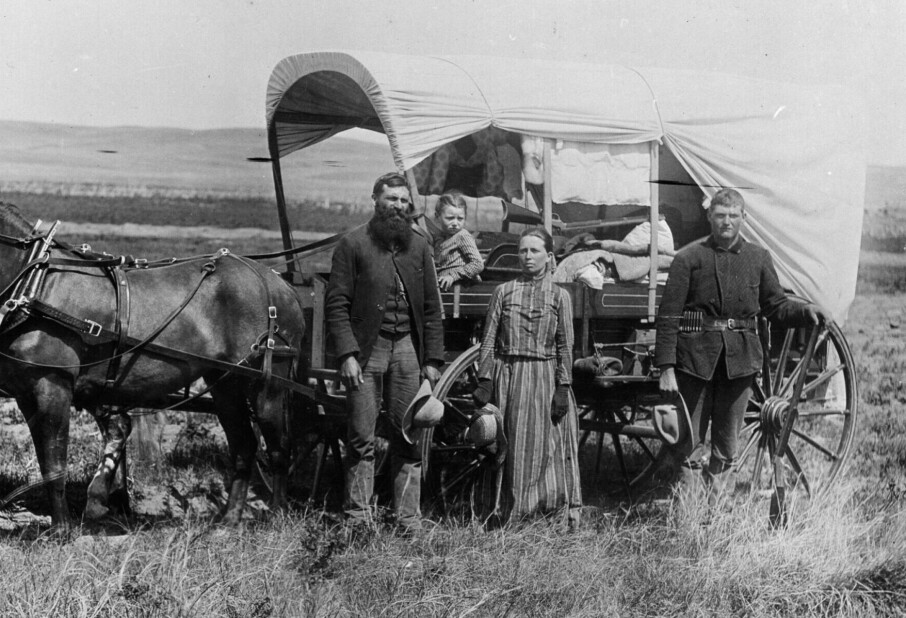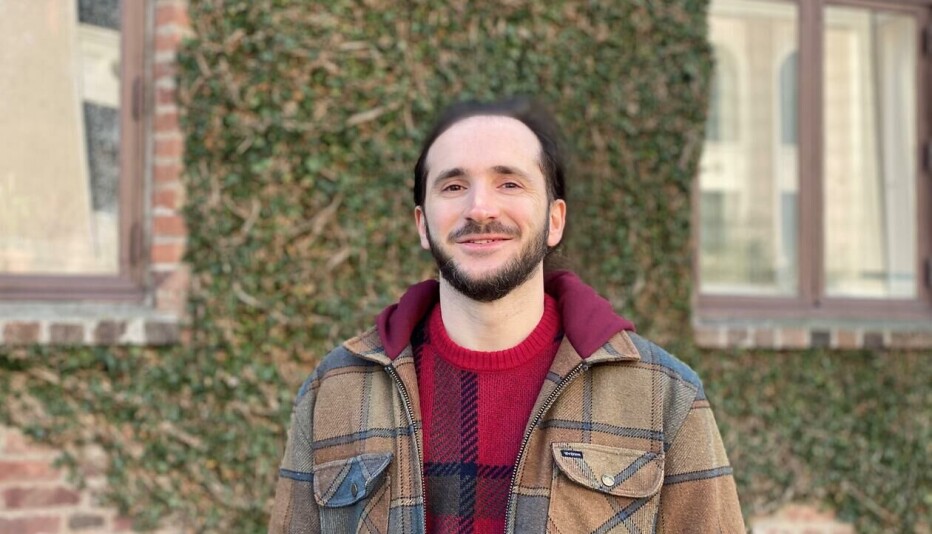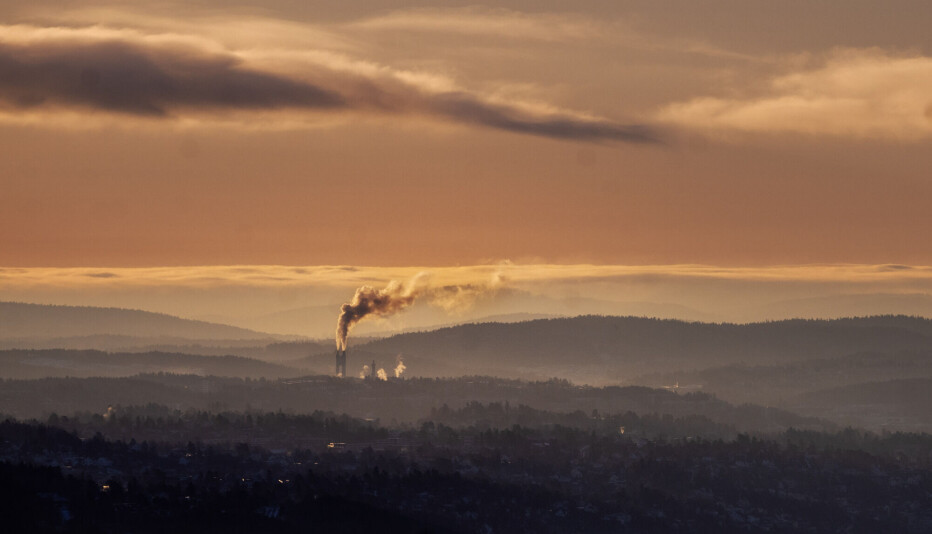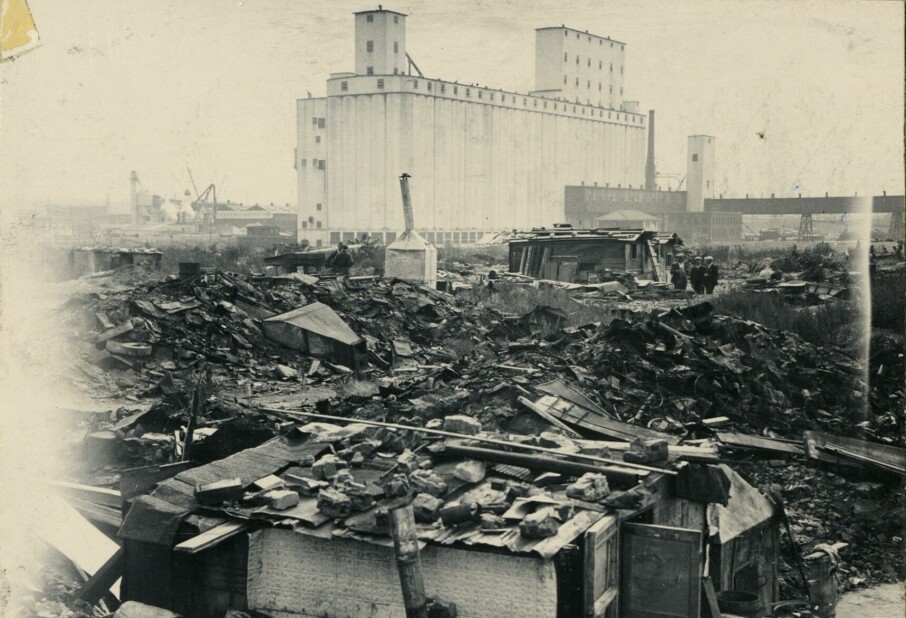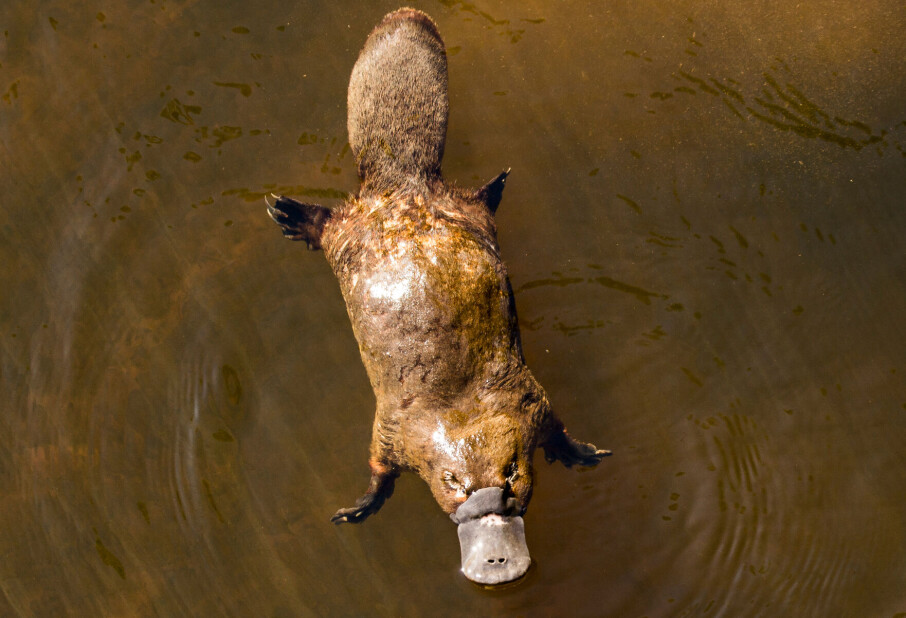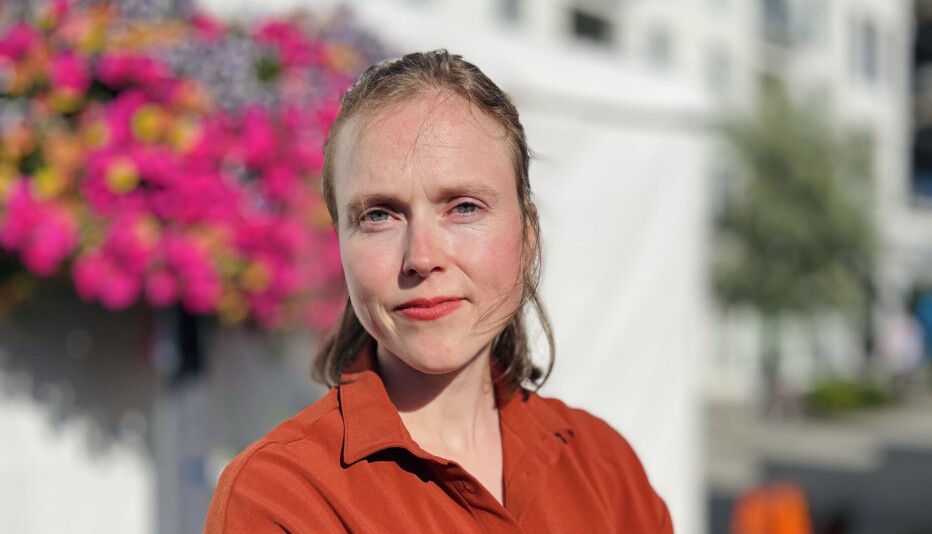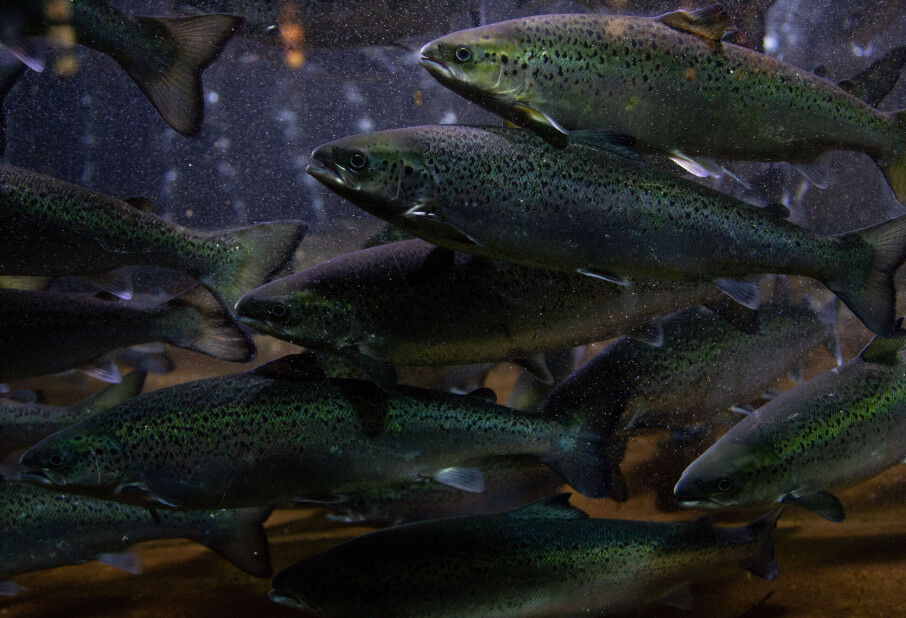THIS CONTENT IS BROUGHT TO YOU BY NIBIO - Norwegian Institute of Bioeconomy Research - read more
Climate change and land use threaten Sámi reindeer husbandry
There is strong consensus on preserving Sámi reindeer husbandry in Norway. However, reindeer herders often struggle with competing land uses threatening their cultural heritage, identity, and future.
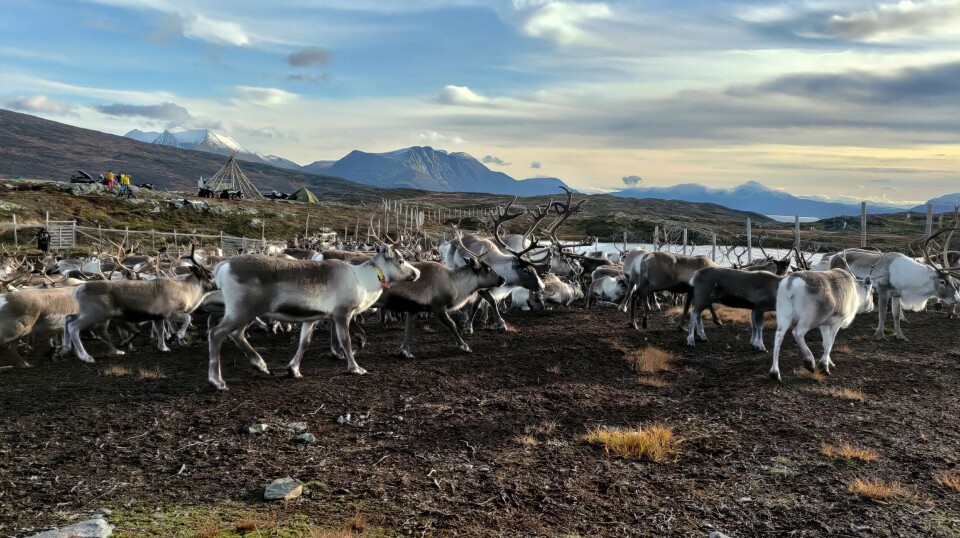
Reindeer herders follow their animals throughout the year, moving between winter pastures, calving grounds, summer pastures, and back again. These seasonal movements follow traditional routes familiar to both the reindeer and herders, crossing municipal, county, and sometimes even national borders.
Climate change and land development present new challenges.
Modern reindeer husbandry is under pressure from private, municipal, and national land use decisions, in addition to threats from predators, tourism, outdoor activities, and the changing climate – all of which require new knowledge and ways of adapting.
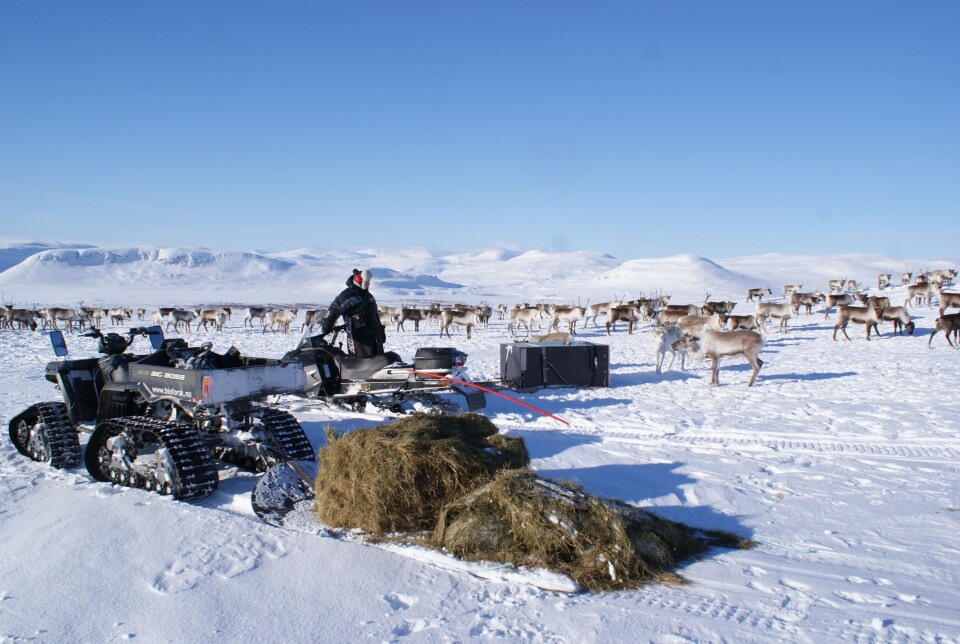
An important meeting point
In mid-February, the Norwegian Institute of Bioeconomy Research (NIBIO), in collaboration with the Nordic Joint Committee for Agricultural and Food Research (NKJ), held a reindeer husbandry conference in Northern Norway.
Over 170 participants from Norway, Sweden, and Finland gathered to discuss current and future challenges for the industry.
Representatives from research, management, and reindeer husbandry attended the conference. They shared both scientific findings and traditional knowledge.
“We didn't expect so many registrations. But it indicates a clear need for discussing climate change and land use conflicts. We're particularly pleased that so many reindeer herders attended, despite the long travel for many and the challenges of leaving their herds,” says Gabriela Wagner from NIBIO, who organised the conference.
Researchers presented alarming data on harsher winters, increased impacts from diseases and parasites, and shrinking grazing areas. Reindeer herders gave touching presentations on their daily struggle to protect their rights and pass down their culture.
The herders call for more research
Researchers from Norway, Sweden, and Finland presented the latest research. Climate change was an important subject.
Studies show increasingly unpredictable winters. Mild weather causes snow and ice to melt, making the traditional routes over water and rivers impassable. Rain can freeze on the ground or form hard ice layers in the snow, preventing reindeer from reaching the plants they need to eat.
These changes have created an urgent need for new research. Studies now focus on how plant life is changing and how that affects grazing. Insects and parasites are also becoming a bigger problem. Herders are calling for more knowledge on winter supplementary feeding and ways to treat parasites in summer.
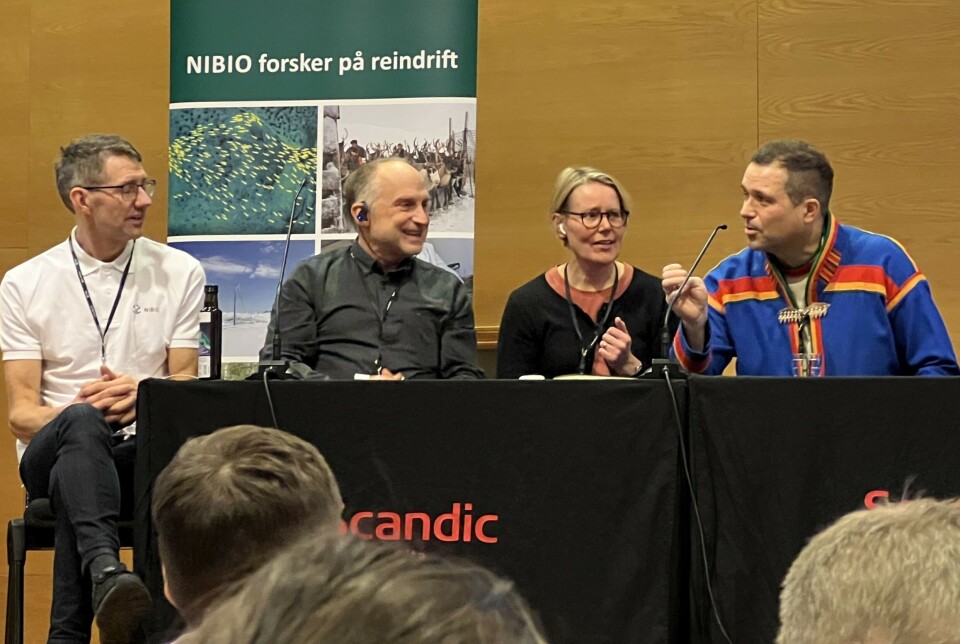
“Much of our research involves close collaboration with reindeer herders, and some studies are directly initiated by them,” says NIBIO researcher Svein Morten Eilertsen.
Eilertsen has dedicated his career to reindeer husbandry research. He has seen the increasing pressure from climate change and land use conflicts.
Stronger involvement of reindeer husbandry in land-use planning
Because reindeer grazing areas cross multiple municipalities, herders must constantly monitor development plans in several places. Those operating in multiple municipalities find it challenging to stay updated on all the planning processes. They often feel that their input is not taken seriously.
NIBIO is currently working on a report that looks at how reindeer husbandry is included in planning and development decisions. The goal is to propose a better method for assessing how land use affects reindeer husbandry.
“One of the main goals is to significantly increase involvement of reindeer herders throughout the entire process, ensuring that traditional knowledge is integrated into the assessments,” says Eilertsen.
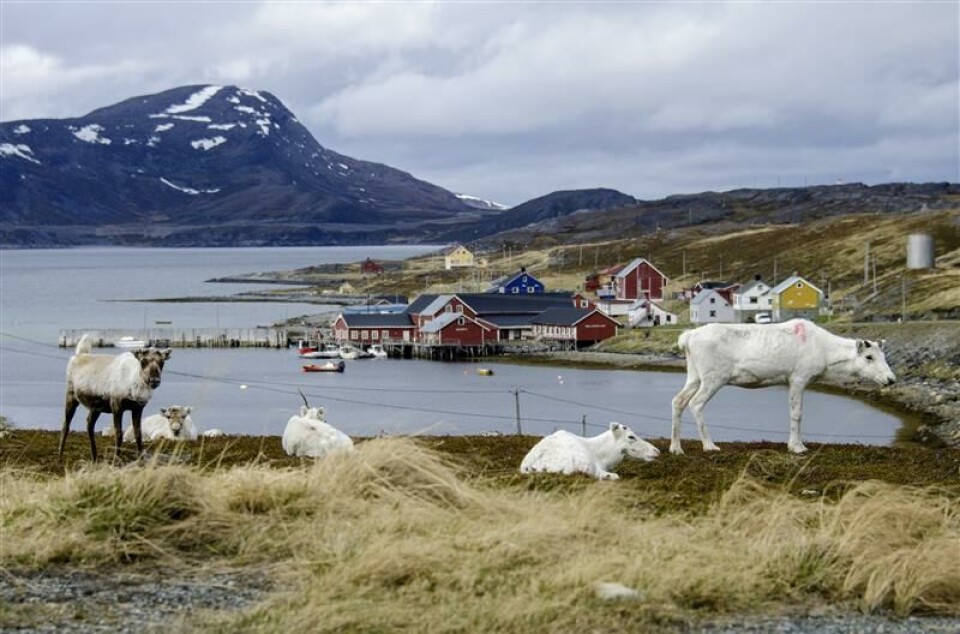
“It's also crucial that we, as hired experts, don't view single plans in isolation when assessing their impacts on reindeer husbandry, nature, and wildlife in general. A broad evaluation must consider all implemented, planned, and proposed measures,” he says.
Despite the serious challenges, the conference showed a strong willingness for collaboration and to share knowledge, offering hope for the future of Sámi reindeer husbandry.
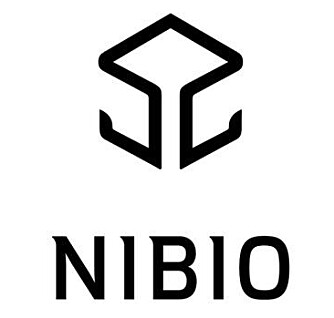
This content is paid for and presented by NIBIO - Norwegian Institute of Bioeconomy Research
This content is created by NIBIO's communication staff, who use this platform to communicate science and share results from research with the public. NIBIO is one of more than 80 owners of ScienceNorway.no. Read more here.
More content from NIBIO:
-
This colourful bird is thriving in Norway
-
Can drone-mounted tree planting replace manual tree planting?
-
Light traps can tell us more about nocturnal moths
-
Researchers are now going to monitor carbon in forest and grassland soils
-
Nine facts about Norwegian agriculture
-
Within 10 years, Norway could grow its own melons and avocados




















